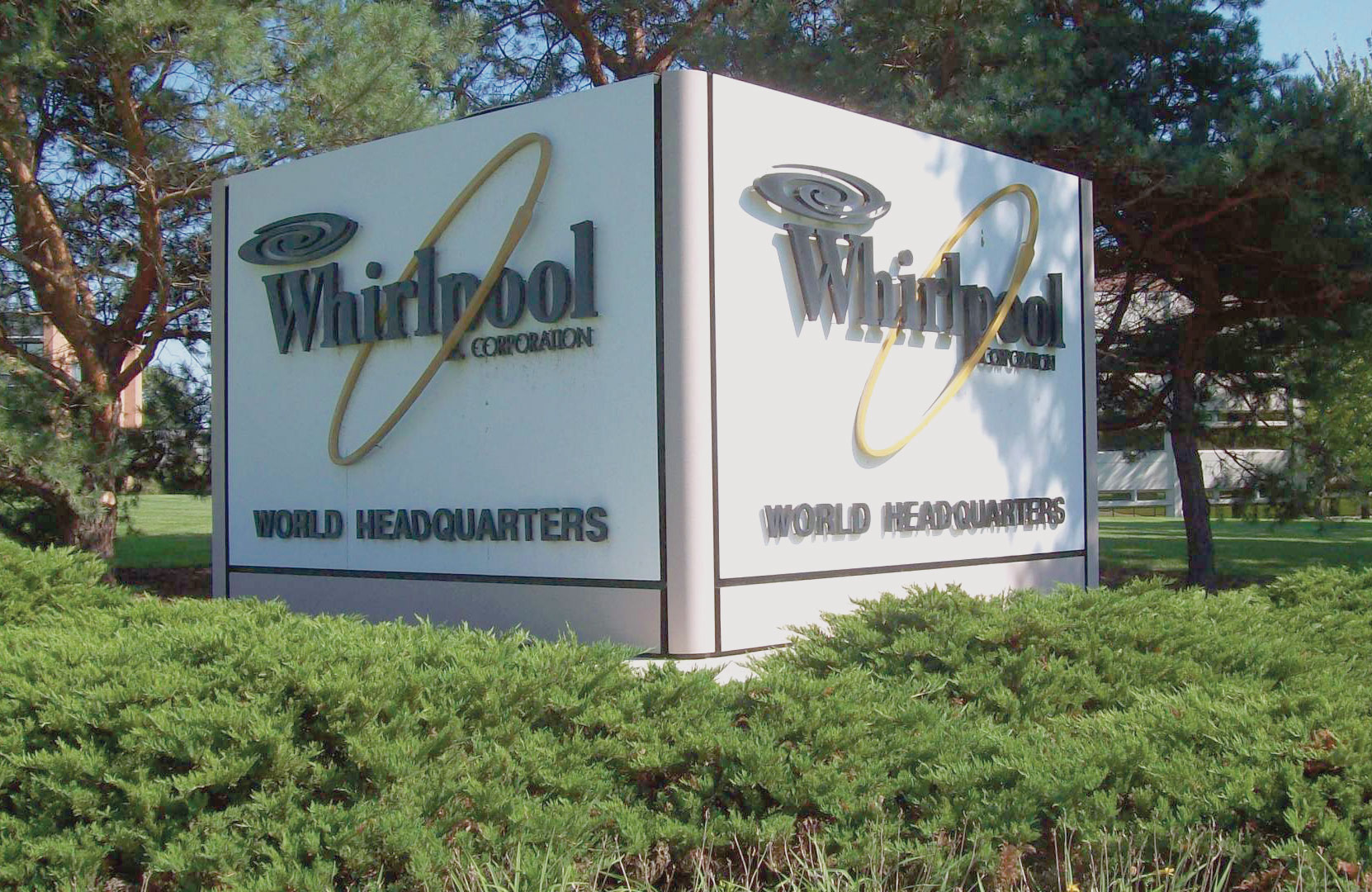

New York: In January, the Whirlpool company welcomed new US tariffs on washing machines. But less than seven months later, the big home-appliance maker has changed its tune, having fallen victim to the spreading trade war launched by President Donald Trump.
When the White House announced its first protectionist trade measures early this year, the CEO of the Michigan-based company, Marc Bitzer, greeted them as a “positive catalyst for Whirlpool.”
Bitzer figured that the tariffs, for which he had vigorously campaigned, would slow the dynamic growth of two of Whirlpool’s biggest rivals, giant South Korean companies LG and Samsung, which he and others accused of unfair competition.
What Bitzer did not anticipate was that the trade measures would spread in March to other sectors, as the US president imposed additional tariffs of 10 per cent on aluminium imports and 25 per cent on steel. China was one of the first countries targeted, followed in June by the European Union, Canada and Mexico, which in turn took retaliatory measures.
As a result, prices for steel — the basic raw material Whirlpool uses in its appliances — have shot up. They are now 60 per cent higher in the United States than in other countries, says the company, which manufactures washing machines, dryers and dishwashers in the US for domestic sale.
“Global steel costs have risen substantially,” Bitzer said, “and in particular in the US they have reached unexplainable levels.”
Bitzer, whose smiles of January faded long ago, said the “uncertainty” surrounding tariffs “disrupts our supply chain.”
That uncertainty is cutting into Whirlpool’s profits — increasing its costs by an estimated $350 million in 2018, a full $50 million more than the estimate in January.
In this year’s second quarter, the costs of materials — steel and resin — rose in three of the four main regions where Whirlpool does business — North America, Europe, Asia and the Middle East/Africa.
Not surprisingly, the group is bracing for weaker sales and profits this year, following a net loss of $657 million in the second quarter.
Whirlpool shares have lost 31 per cent of their value on the New York Stock Exchange (NYSE) since January, and the insurance premiums paid by its creditors to protect against an eventual default have reached their highest point since November 2016.
“Increased tariffs on steel, due to the Trump administration’s global trade war, are hurting Whirlpool, as steel is the main raw material for the company,” noted an analysis from Zacks Equity Research.
Steel represents more than half (52.8 per cent) of the cost of manufacturing a washing machine, while labour constitutes only 10.1 per cent of the cost, according to industry-market research firm IBISWorld.
To limit the damage to its bottom line, the company — like its main competitors — has increased prices, passing on a portion of its higher costs to consumers. In June, prices for washers and dryers were 20 per cent higher than the year-earlier level, the biggest jump in 12 years, according to US Labour Department data. — Reuters
Oman Observer is now on the WhatsApp channel. Click here



